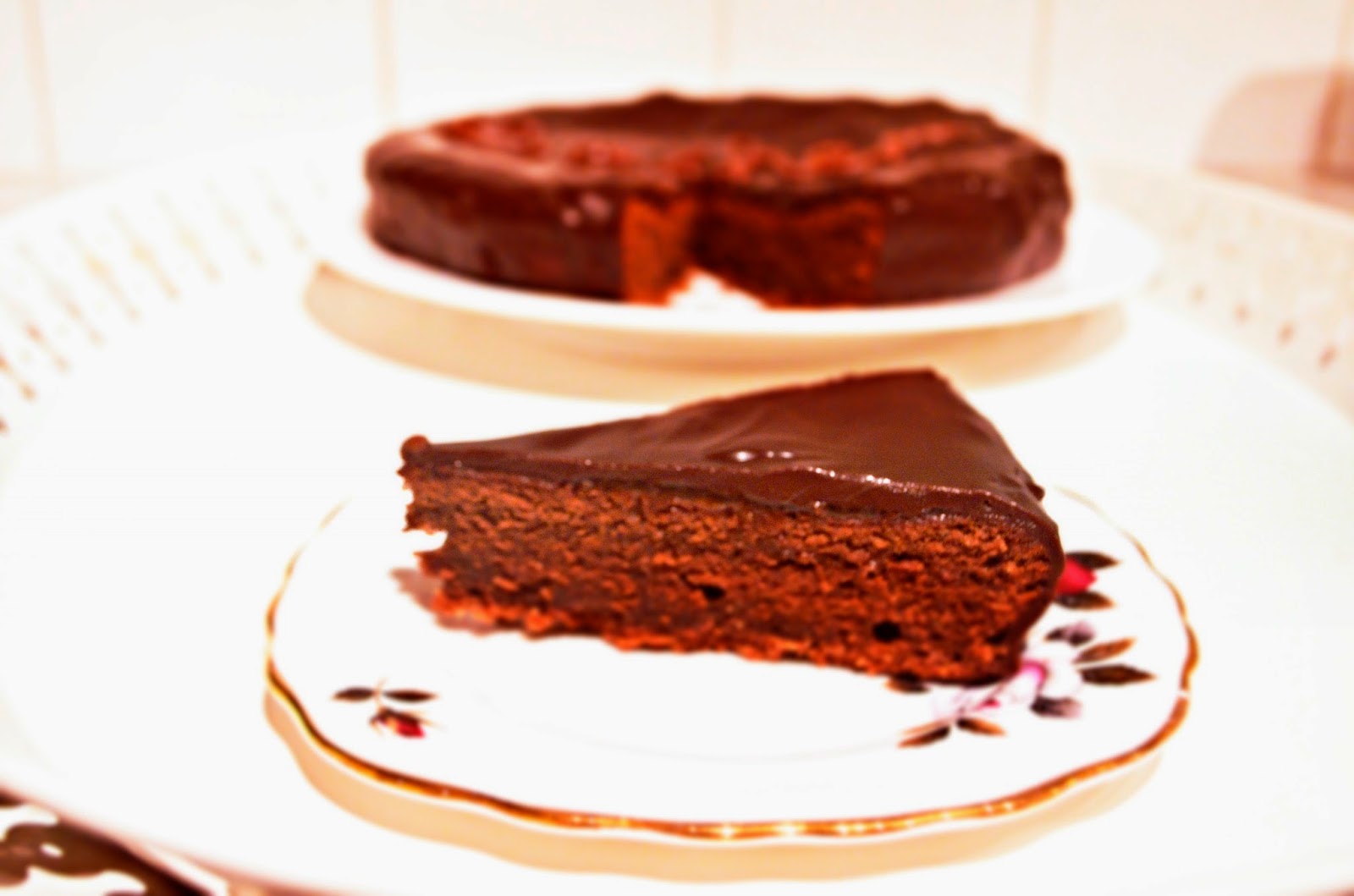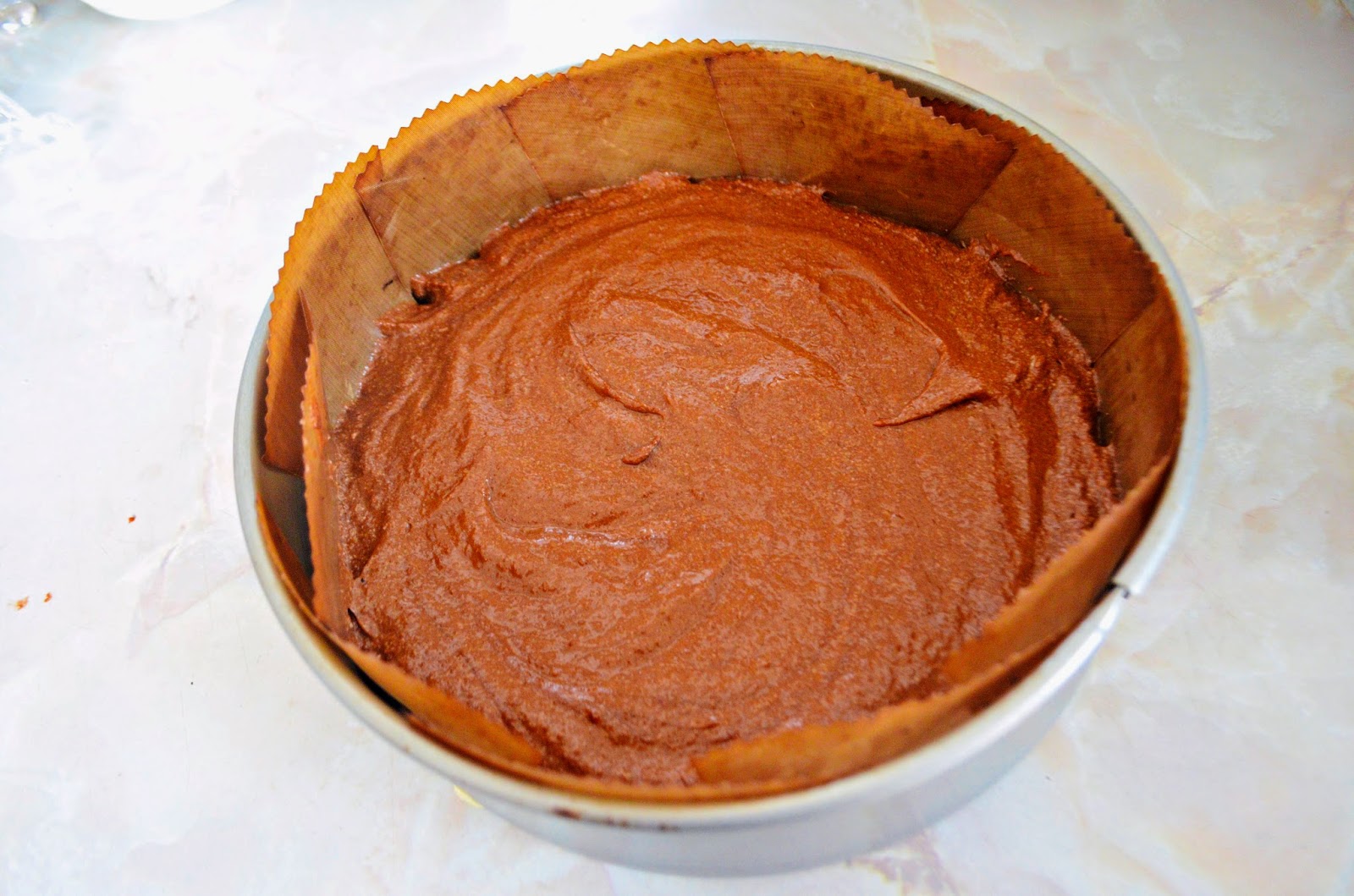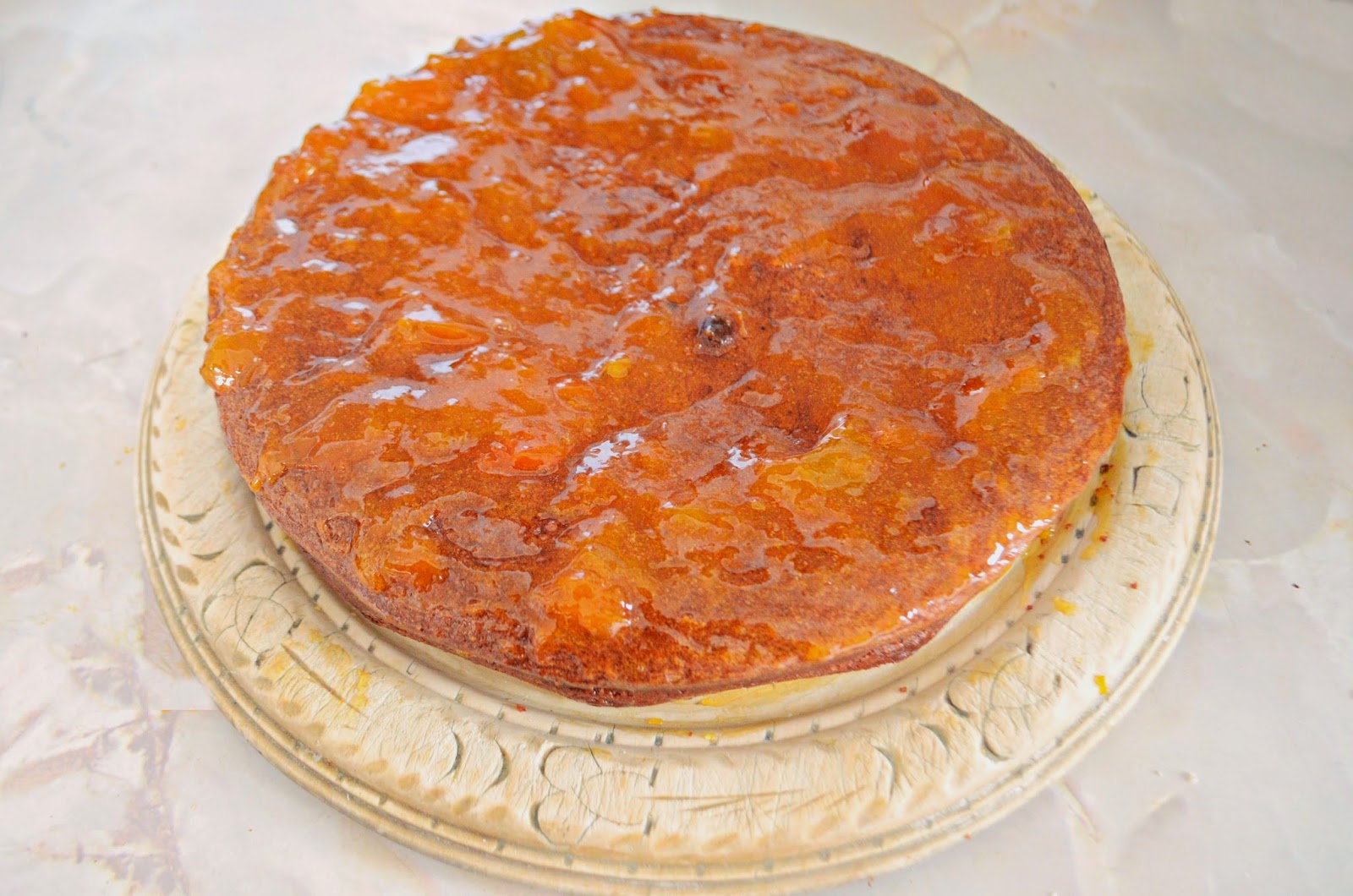And so, the end is near, and so I face the final curtain. My friend, I'll say it clear, I'll state my case of which I'm certain [...] Yes there were times, I'm sure you knew when I bit off more than I could chew. But through it all, when there was doubt, I ate it up and spat it out . I faced it all and I stood tall, and baked it my way!
What's a final without a cheesy ballad thrown in there somewhere? I'm sure the British Bake Off will have one tonight when they announce the winner (RICHARD! RICHARD!)
This week, I decided after the chaos of the entremet, there was no way I was tackling a croque en bouche, so went for petit four instead. Make a miniature version of anything and it's adorable, so I did these minis of some baking classics, the victoria sponge and lemon meringue pie (I also like to pretend I'm a giant when eating them).
This entire challenge has been incredible and I would personally like to thank I Love Crafty for organising the entire thing. I've learnt so much from doing this, and don't really want it to stop. That's where you guys come in. If you would like to see the baking continue on Blood, Sweat and Heels then leave a little comment below, because I'm seriously considering making it a permanent feature. Whatever the decision may be, there is a Christmas Blogger Bake Off in the pipeline.
I really hope you've enjoyed this flurry of baking that's been going on recently and have been inspired to don your apron and get elbow deep in dough.
Coffee Victoria
Ingredients
225g unsalted butter, softened, plus extra for tin
225g golden caster sugar
4 medium eggs
225g self-raising flour
2 tsp baking powder
100ml cold espresso
Filling / Icing
100g unsalted butter, softened
100g icing sugar, sifted
1 tbsp cold espresso
Method
1. Preheat the oven to 190C. Butter one large, deep baking tray, and line the base with baking paper.
2. Using an electric whisk on high speed, whisk the butter in a large bowl for 1-2 minutes until very pale and fluffy, then add the sugar and continue to whisk for another 1-2 minutes.
3. Add the eggs one at a time, whisking well with each addition until the mixture is amalgamated.
4. Sift and whisk in the flour and baking powder in two goes, just lightly, then whisk in the coffee.
5. Tip the mixture into the baking tray, and bake for 15-20 minutes or until the sponge bounces back when poked.
6. Whilst that's baking, for the filling cream the butter in a bowl using an electric whisk for about 1 minute until very pale and fluffy, then gradually whisk in the icing sugar and whisk for 1 minute longer. Finally whisk in the coffee.
7. When the cake is done, remove from the baking tray and peel off the baking paper. Leave on a wire rack to cool.
8. When cooled take your cake cutter (I used a shot glass and a knife for this as I didn't have a cutter small enough. Remember, petit four are meant to be eaten in one go) and cut out as many circles of sponge as you can get out of your cake.
9. To get my icing effect, I used a piping bag and a small star nozzle, but how you decorate yours is completely up to you. Add the filling to one circle, and then gently place another on top, and ice.
Lemon Meringue Tartlets
Ingredients
Pastry
175g plain flour
100g cold butter, cut into small pieces
1 tbsp icing sugar
1 egg yolk
Filling
2 level tbsp cornflour
100g golden caster sugar
finely grated zest 2 large lemons
125ml fresh lemon juice (from 2-3 lemons)
juice 1 small orange (or breakfast orange juice)
85g butter cut into pieces
3 egg yolks and one whole egg
Meringue
4 egg whites, room temperature
200g golden caster sugar
2 level tsp cornflour.
Method
1.Preheat the oven to 200C
2. For the pastry, put the flour, butter, icing sugar, egg yolk (save the white for the meringue) and tbsp of cold water into a bowl.
3. Using your hands, bind the ingredients together until it forms a dough. This will require you to really work the butter into the mix, so there are no lumps of butter. Use an electric whisk if it helps.
4. Tip the pastry onto a lightly floured surface , gather together until smooth, then roll it out.
5. Using the same cutter you used for the Coffee Victorias, or a shot glass and a knife, cut out as many circles as you can get from that piece of dough. Pull all the off-cuts together and roll out again and cut more circles. Repeat this until you're out of dough.
6. Fill a muffin tray with muffin cases, and place a circle in each one. Using your forefinger, poke the dough right into the corners to create a yorkshire pudding shape. Stab each one with a fork and put the tray in the fridge to chill for 10 minutes.
7. Once chilled, line each bit of pastry with tin foil, and add baking beans for a blind bake.
8. Put into the oven for 6 minutes.
9. Remove from the oven, and remove the baking beans and foil.
10. Put back into the oven for another 6-10 minutes, until the pastry is crisp and golden brown.
11. For the filling, mix cornflour, sugar and lemon zest in a saucepan. Strain and stir in the lemon juice gradually.
12. Make orange juice up to 200ml with water and strain into the pan.
13. Cook over a medium heat, stirring constantly, until thickened and smooth. Once the mixture bubbles, remove from the heat and beat in the butter until melted.
14. Beat the egg yolks (save the whites for the meringue) and whole egg together, stir into the pan and return to a medium heat.
15. Keep stirring vigorously for a few minutes, until the mixture thickens and plops from the spoon (It will bubble, but won't curdle). Take off the heat and set aside while you make the meringue.
16. For the meringue, put the egg whites in a bowl. Whisk to soft peaks, then add half the sugar a spoonful at a time, whisking between each addition without over-beating.
17. Whisk in the cornflour, then add the rest of the sugar as before until smooth and thick.
18. Using a teaspoon, add the lemon filling to your cases, filling just to the brim.
19. How you want your meringue to appear is completely up to you, I used a piping bag and a small star nozzle, piping the meringue in tiny blobs.
20. When you've piped the meringue, turn the grill onto it's highest setting, and set the tartlets under it until the tip of meringue start to brown. Keep an eye on them because this process happens quite quickly.
READ MORE









.JPG)
.JPG)



.JPG)
.JPG)
.JPG)
.JPG)











































